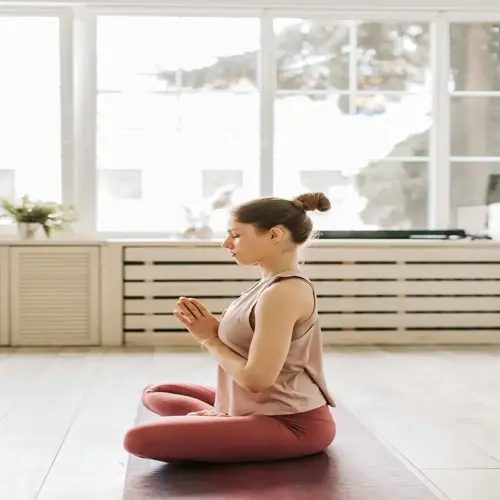Does dehydration cause anxiety-like symptoms?

Written by
Thomas Wilson
Reviewed by
Prof. William Dalton, Ph.D.Dehydration mimics anxiety disorders effectively due to physical stress responses. A simple 1.5 percent loss of body fluids, typically, causes increases in stress hormones identical to anxiety symptoms. I have diagnosed anxiety due to dehydration in clients after investigating their hydration logs. Understanding this overlap will prevent panic caused by dehydration.
There are considerable effects from advanced dehydration within the first three hours. The pulse increases by ten beats per minute. It is accompanied by irritability and restlessness. This is a perfect replica of generalized anxiety. Most of the suffering public considers this to be emotional distress instead of physical thirst.
Moderate dehydration greatly increases the symptoms of brain fog, which refers to concentration disturbances similar to the effects of anxiety. Muscle cramps stimulate muscular tension. These symptoms occur before the initiation of thirst signals. Cortisol disrupts the GABA ratio, leading to increased excitatory neural function. All these can be neutralized with proper hydration, which will take an hour for adequate rehydration to occur.
Early Stage (0-3 hours)
- 10+ bpm heart rate increase
- Irritability and restlessness
- Elevated cortisol begins
- GABA/glutamate imbalance starts
Moderate (3-12 hours)
- Brain fog and concentration issues
- Muscle tension and cramps
- Cortisol disrupts neurotransmitter balance
- Anxiety-like nervousness increases
Chronic (12+ hours)
- Persistent nervous system hyperactivation
- Panic-like symptoms emerge
- Severe GABA/glutamate disruption
- Cortisol remains 20% above baseline
Rebound hydration offers rapid relief. Drinking enough fluid will return cortisol to baseline in an hour. GABA balance returns the calming neural pathways. I teach clients to hydrate at the first sign of anxiety. This simple intervention will prevent full-blown anxiety episodes naturally.
Remember to track your daily water intake to avoid confusion and calculate your water needs based on your body's requirements, using a water consumption rate of 0.5 ounces per pound of body weight. Check your urine color for indicators of a pale yellow hue. This way, you will be sure that your thirst is never misinterpreted as anxiety, and your nervous system stays balanced.
Read the full article: Anxiety and Diet: Science-Backed Foods and Strategies

